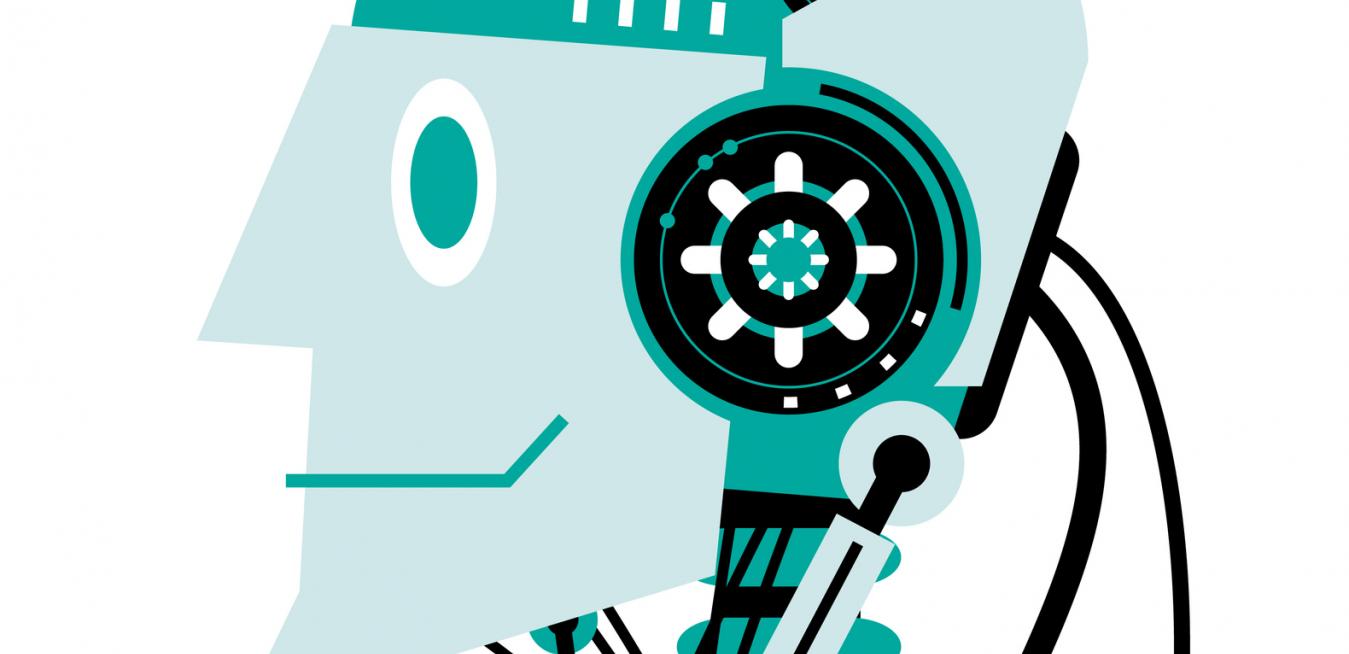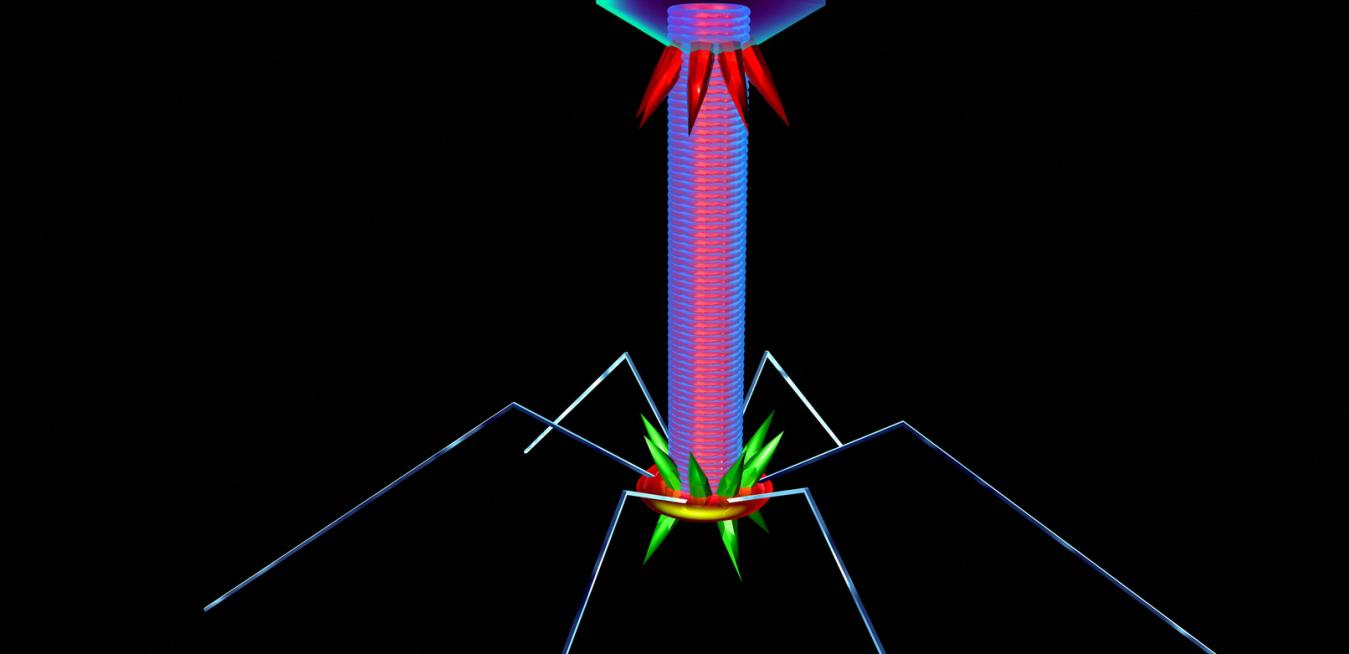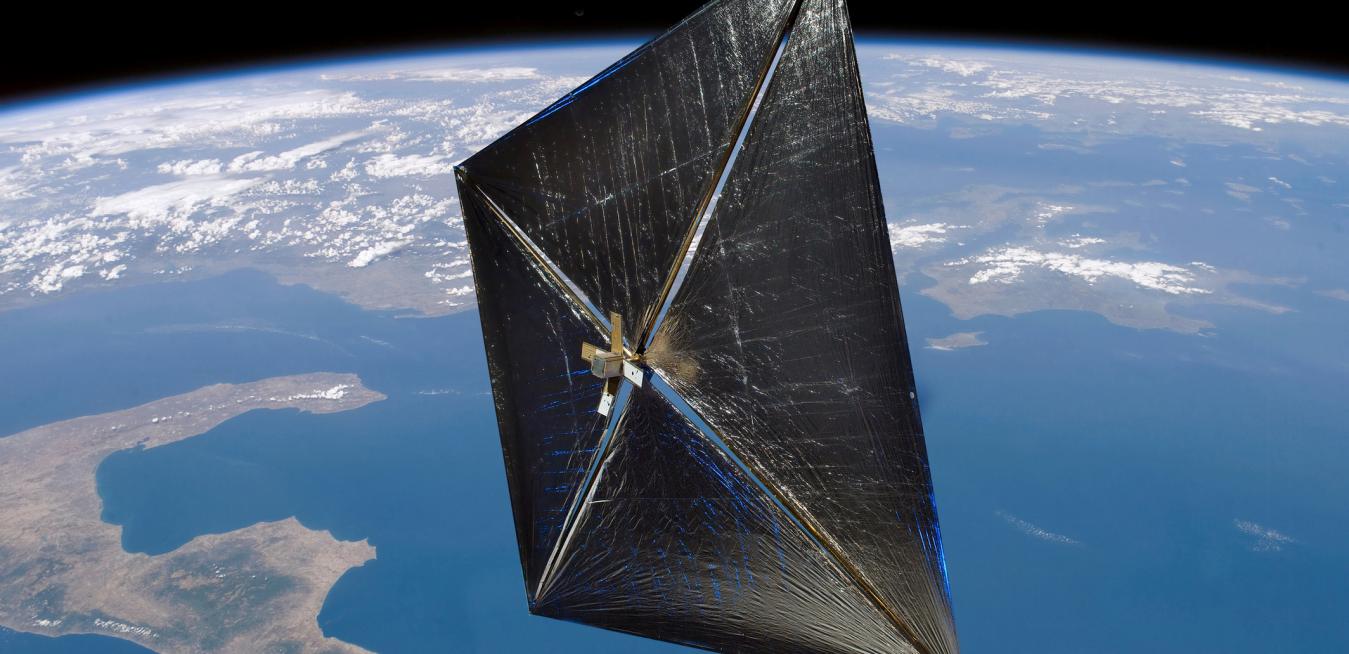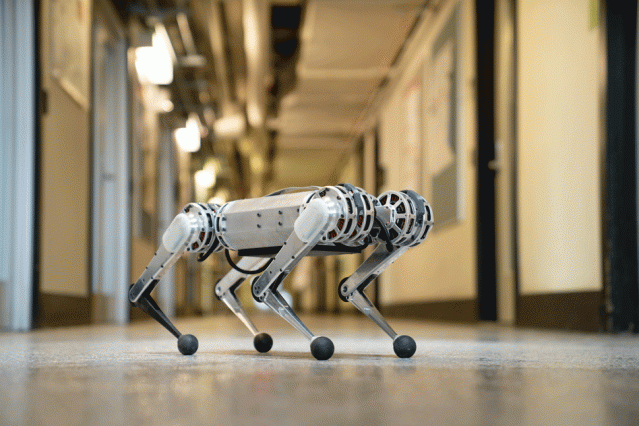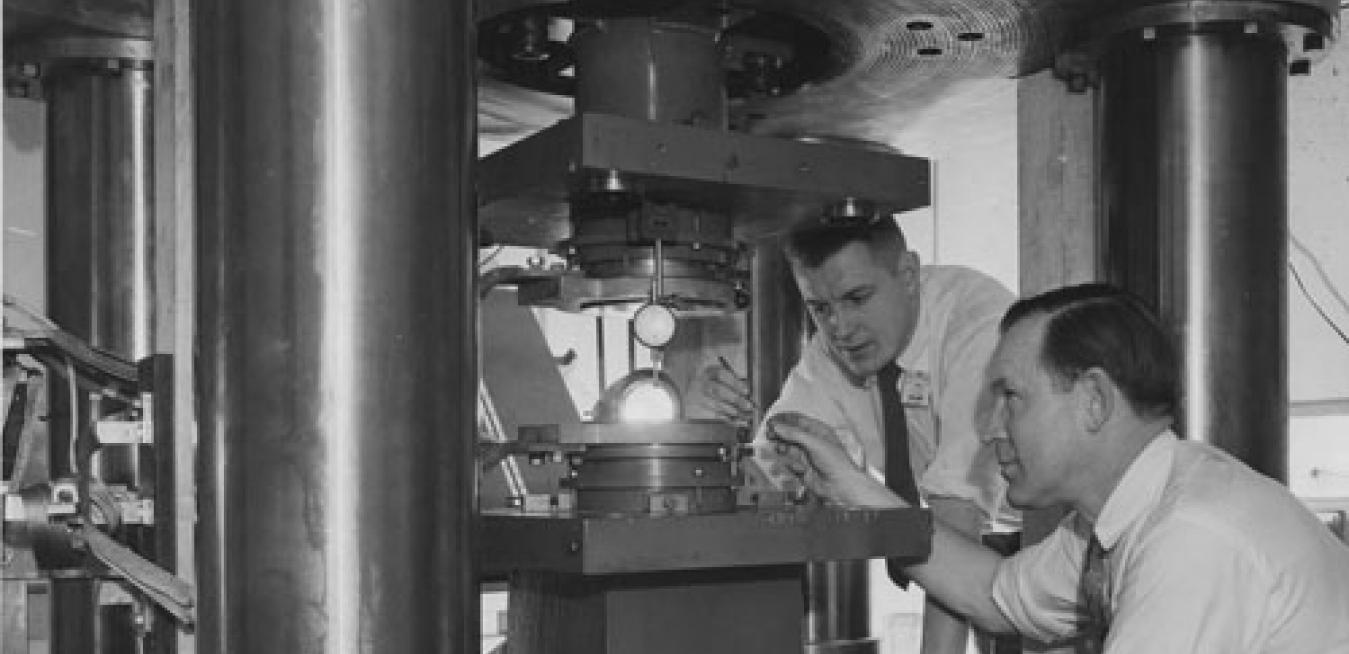Gut bacteria that increase the performance of elite athletes, color-changing scorpion venom that’s also toxic to drug-resistant infection, beer labels that appear three-dimensional but are printed with regular ink on a regular printer — it’s a veritable grab bag of wonders in our latest roundup of the coolest discoveries in science and tech. Considered yourself forewarned, though: This week’s installment does include the phrase “hair farm.”
AI-trained robots are learning to read their surroundings based on just a few visual cues, and they’re becoming better drivers too; elsewhere, smart machines on the factory floor are working in “swarms” to increase quality and efficiency. It’s a bot’s life in this week’s 5 Coolest Things, which also include advances in electro-textiles and a fascinating insight into evolutionary biology.
Microscopic viruses could be ammunition in the fight against antibiotics resistance, a new technique could solve a shortage of lungs for transplants, and an effective, low-cost method of desalination could make industrial waste less toxic. Things are really looking up in this week’s coolest scientific discoveries.
A new kind of immunotherapy could be effective against colorectal cancer, 3D-printed digital microscopes could diagnose disease anywhere in the world, and 3D-printed living tissue could help treat disease way out of this world — even on Mars. Astronauts could also bioprint their own meat. Hungry for more of this week’s coolest scientific news? We’ve got a veritable bio-buffet.
Sneaky robots made Austrian bees talk to Swiss fish, a Japanese and Russian team revived a muscle cell from a woolly mammoth that died 28,000 years ago, and a California Institute of Technology team has a design for spaceships powered by a light beam. This week’s column is truly illuminating.
If you can manage to ignore that small robotic cheetah nipping at your heels, this week’s coolest scientific discoveries represent a lot of happy news, including a highly promising advance in HIV treatment, a futuristic house that generates more electricity than it consumes, and a better way to detect tiny tumors. And — OK — the cheetah is pretty cool too.
In popular culture, automation is generally synonymous with putting people out of work. But in real life it can do the opposite, making workers more effective at the jobs they already have. That’s the case with a full-body exoskeleton under development at Sarcos Robotics, which expects to release a commercial product in early 2020.
This week, researchers rigged off-the-shelf technology to catapult their ideas into the next level. Engineers in California used a movie projector to 3D-print super smooth, bendable objects, a team in Massachusetts analyzed data from drones to spot problems with solar panels early, and a group in New York used Jenga blocks to teach their uncanny robot foresight, spatial reasoning and fine motor skills. Science, it’s all about patience and passion: Plus: A robot develops a model of self, and diamonds from carbon fibers.
Robots performing spinal surgery. Robots wandering about and asking for directions. A mysterious series of shifts in the earth’s magnetic field. Are conditions on Earth getting a little too strange in this week’s 5 Coolest Things? Fear not: At least we may be closer to figuring out hyperspace travel.
Baby, You Can Charge My Car






